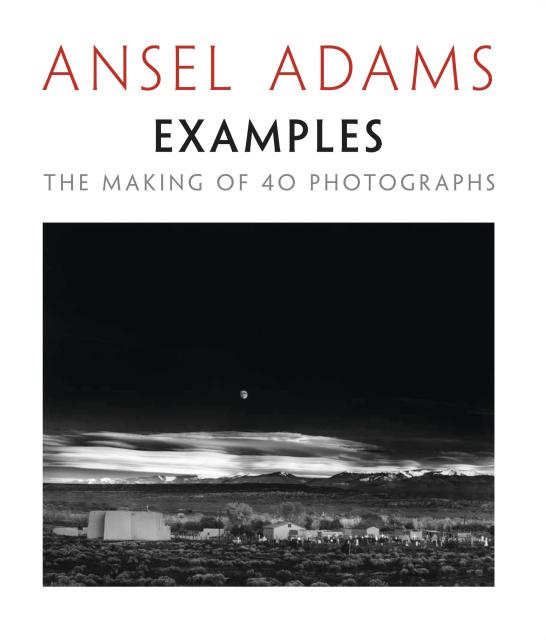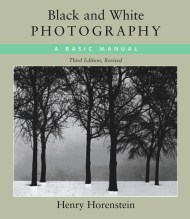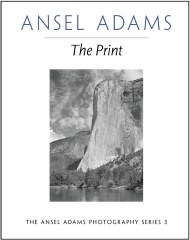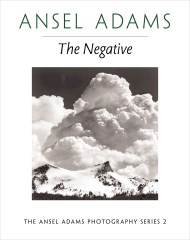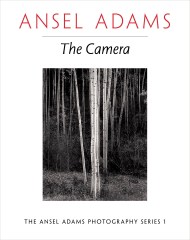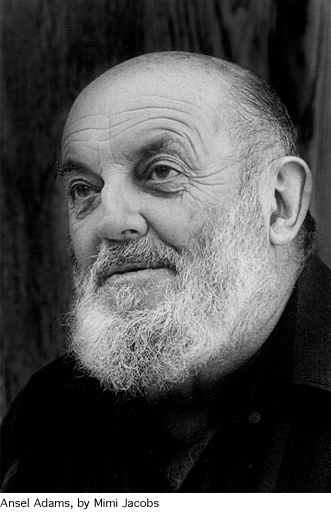
Examples
The Making of 40 Photographs
Contributors
By Ansel Adams
Formats and Prices
Price
$60.00Price
$75.00 CADFormat
Format:
Trade Paperback $60.00 $75.00 CADAlso available from:
“How did you make this photograph?”
This is a question that Ansel Adams was asked repeatedly throughout his lifetime. In Examples: The Making of 40 Photographs, Adams shares the circumstances surrounding the creation of many of his most celebrated images. Each classic photograph is superbly reproduced and accompanied by an entertaining and informative narrative that combines his own reminiscences of people and places with precise recall of technical details and aesthetic considerations.
Readers will be fascinated by the personal side of the text, which includes a great deal of history and anecdote, including appearances by Alfred Stieglitz, Georgia O’Keeffe, Edward Weston, and other notable figures such as Edwin Land of Polaroid. Pondering these essays conjures the sense of standing by Adams’ side during some of the most pivotal and profound creative moments of his life in photography—a master class with the legendary artist.
The specific technical information on camera and lens, filters, exposure times, developing, and printing provided in each example illustrates his approach and methods, and will help amateurs and professionals alike to advance their photography. Through this case study approach, Adams’ philosophy of craft and creativity unfolds; his credos of visualization, image management, and the Zone System are demonstrated; and the colorful story of a lifetime devoted to photography is revealed.
Genre:
-
“Adams explains the why and how of some of his most famous photographs. Reading the book is like taking a short, intensive course with Ansel himself.”New York Times
-
“[T]his is the one we've all been waiting for. This is the stuff that can be very helpful to real people. . . . Whether you're a professional photographer, an advanced amateur or simply an appreciator of fine art, Examples is a must.”San Jose Mercury News
-
“This volume zooms in on the man himself, the ardent conservationist photographer, who here explains his craft, shares his knowledge, entertains with anecdotal experiences and enlightens one with his philosophy.”San Francisco Examiner-Chronicle
-
“Seldom is photography written about in Churchillian accents, simple and resonant, but that's what Adams does in this delightful auto-exposure of the best of his life work. The author recalls technical, logistical and aesthetic adventures that led to his own favorite pictures, many ofPublishers Weekly
which, of course, are now classics of the art.” -
“As he talks about his work, you'll find Ansel the most informative and entertaining of guides whose insights shed light on the ultimately mysterious process by which creativity and craftsmanship fuse to produce a work of art.”Popular Photography
- On Sale
- May 30, 1989
- Page Count
- 180 pages
- Publisher
- Ansel Adams
- ISBN-13
- 9780821217504
Newsletter Signup
By clicking ‘Sign Up,’ I acknowledge that I have read and agree to Hachette Book Group’s Privacy Policy and Terms of Use
